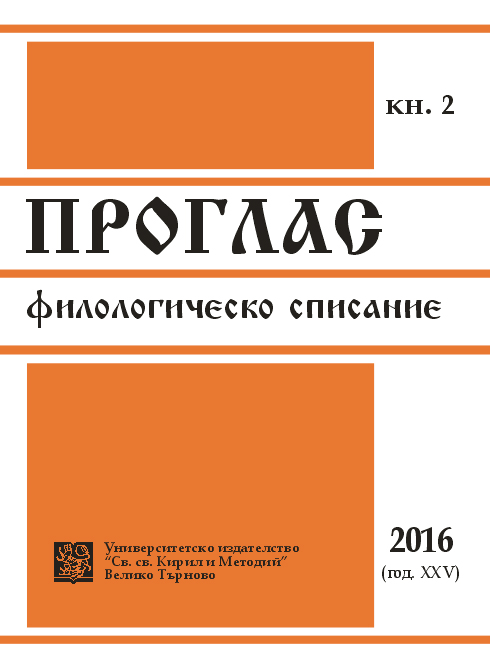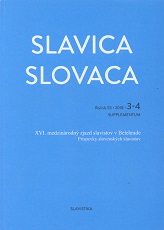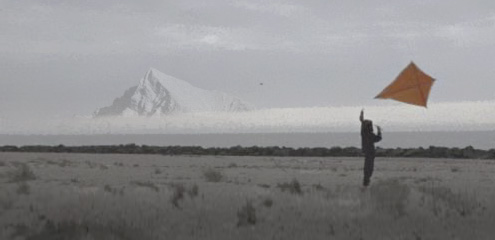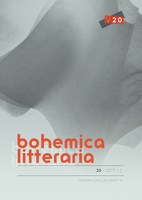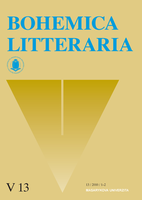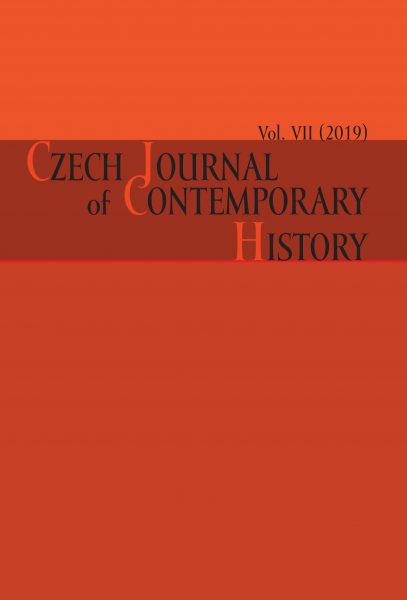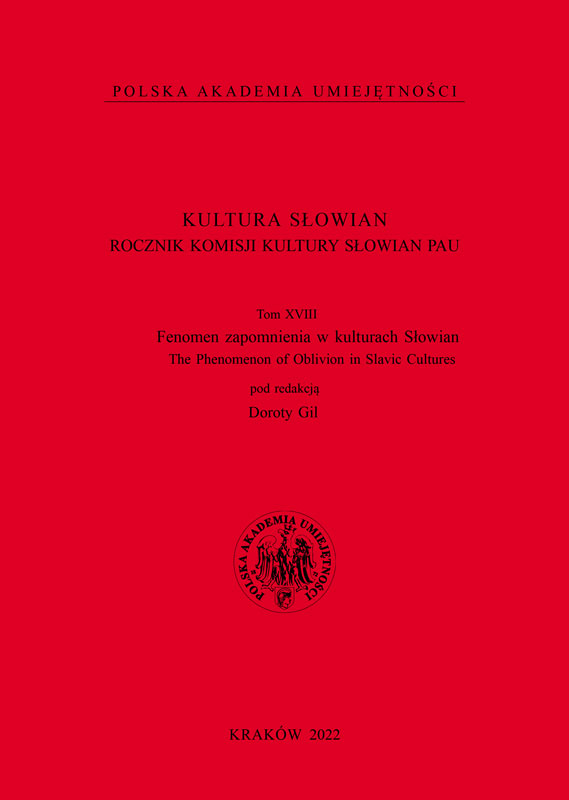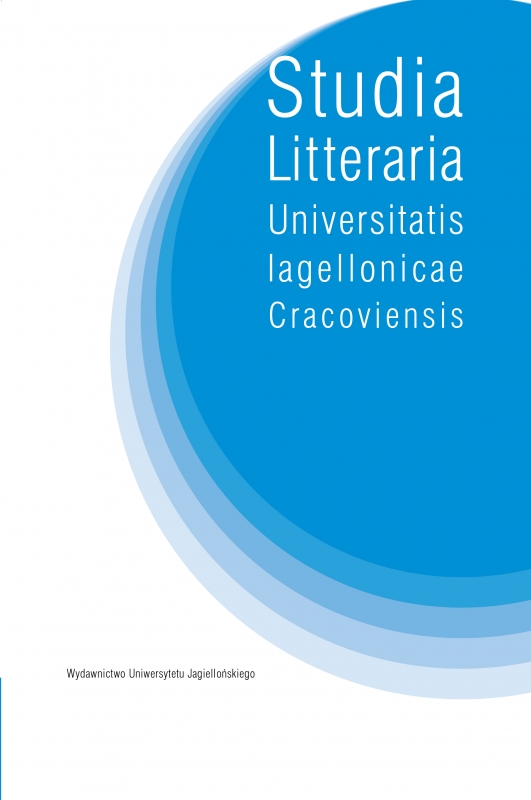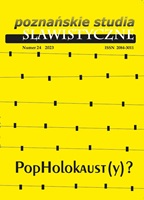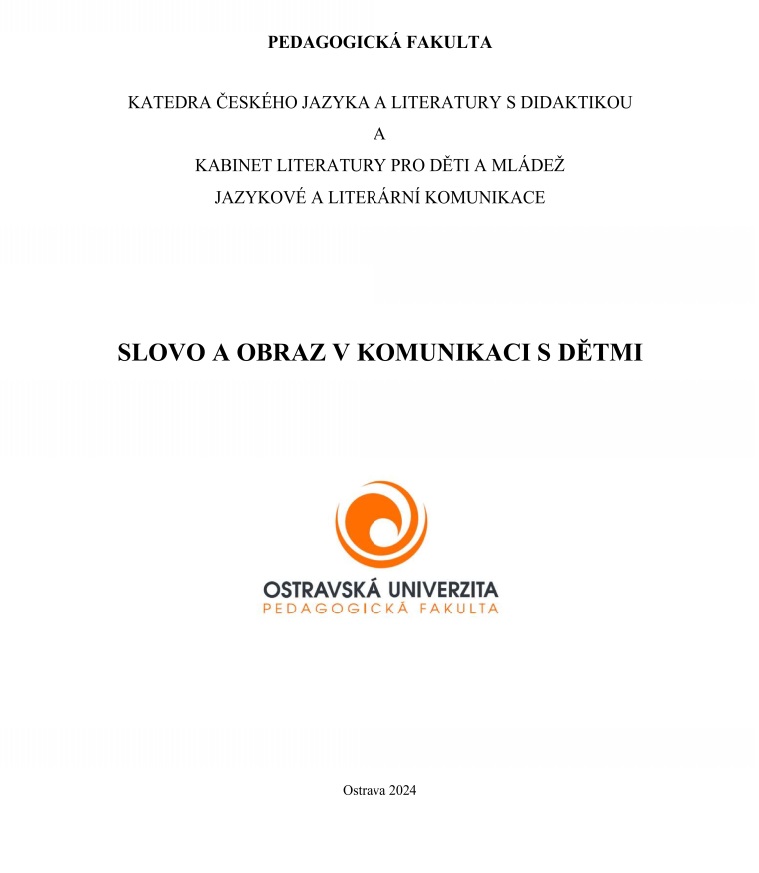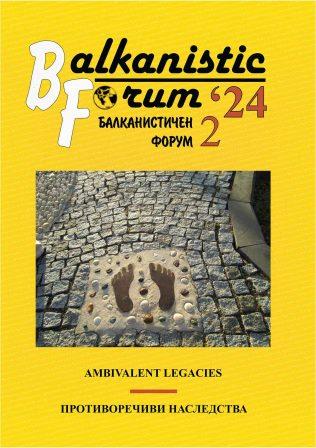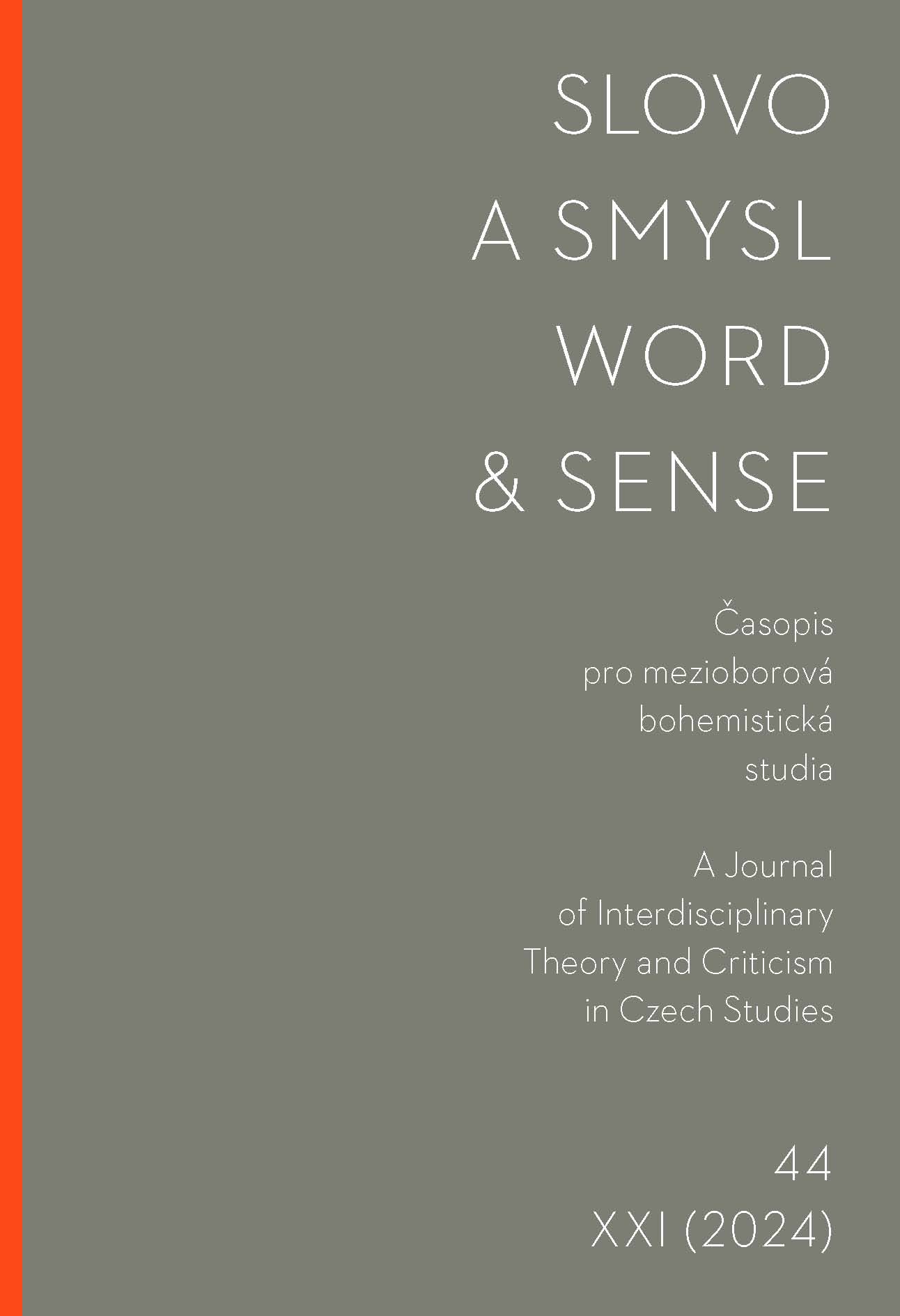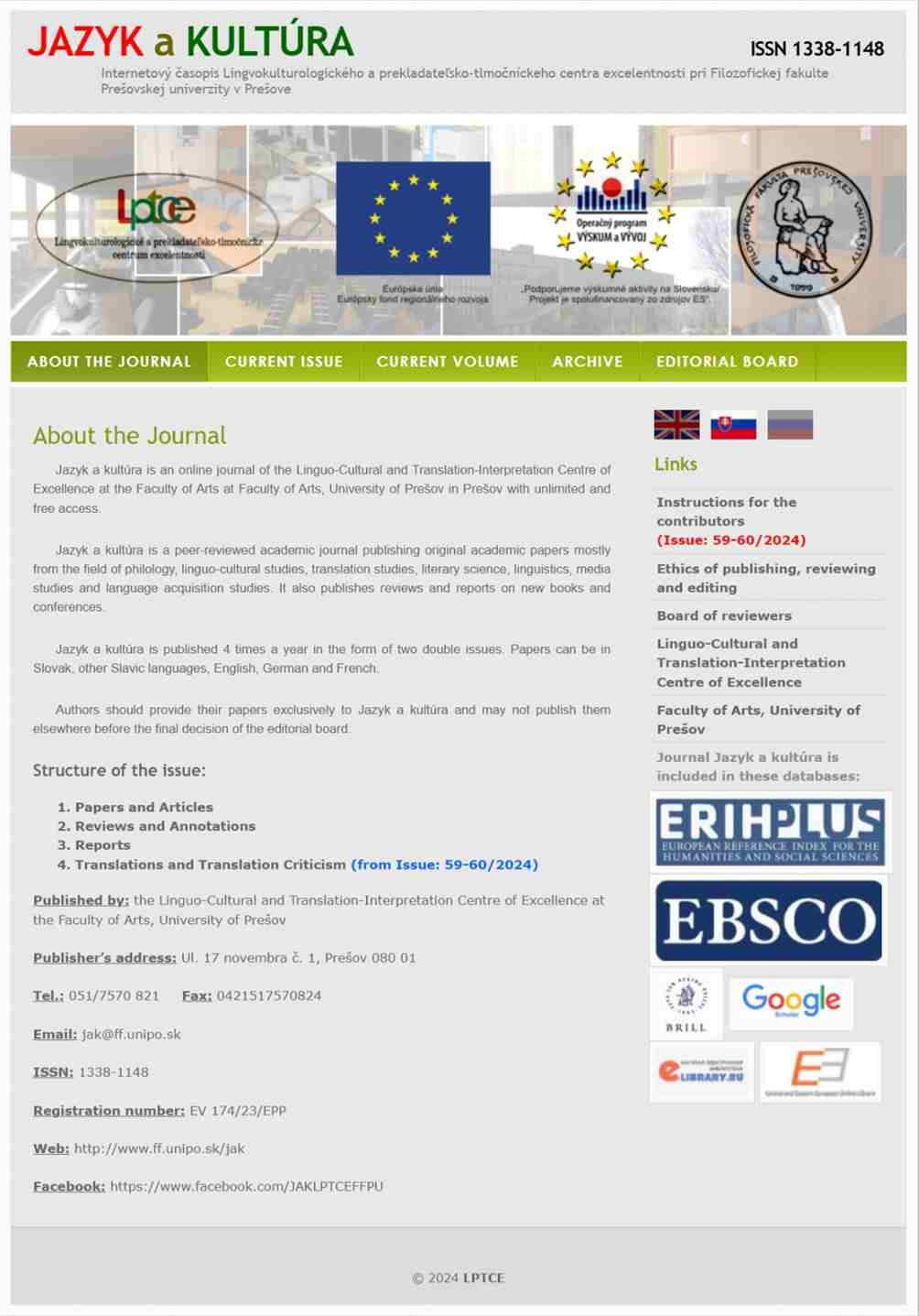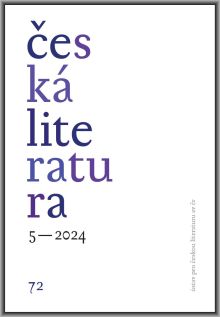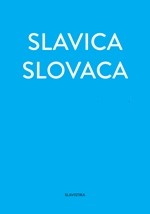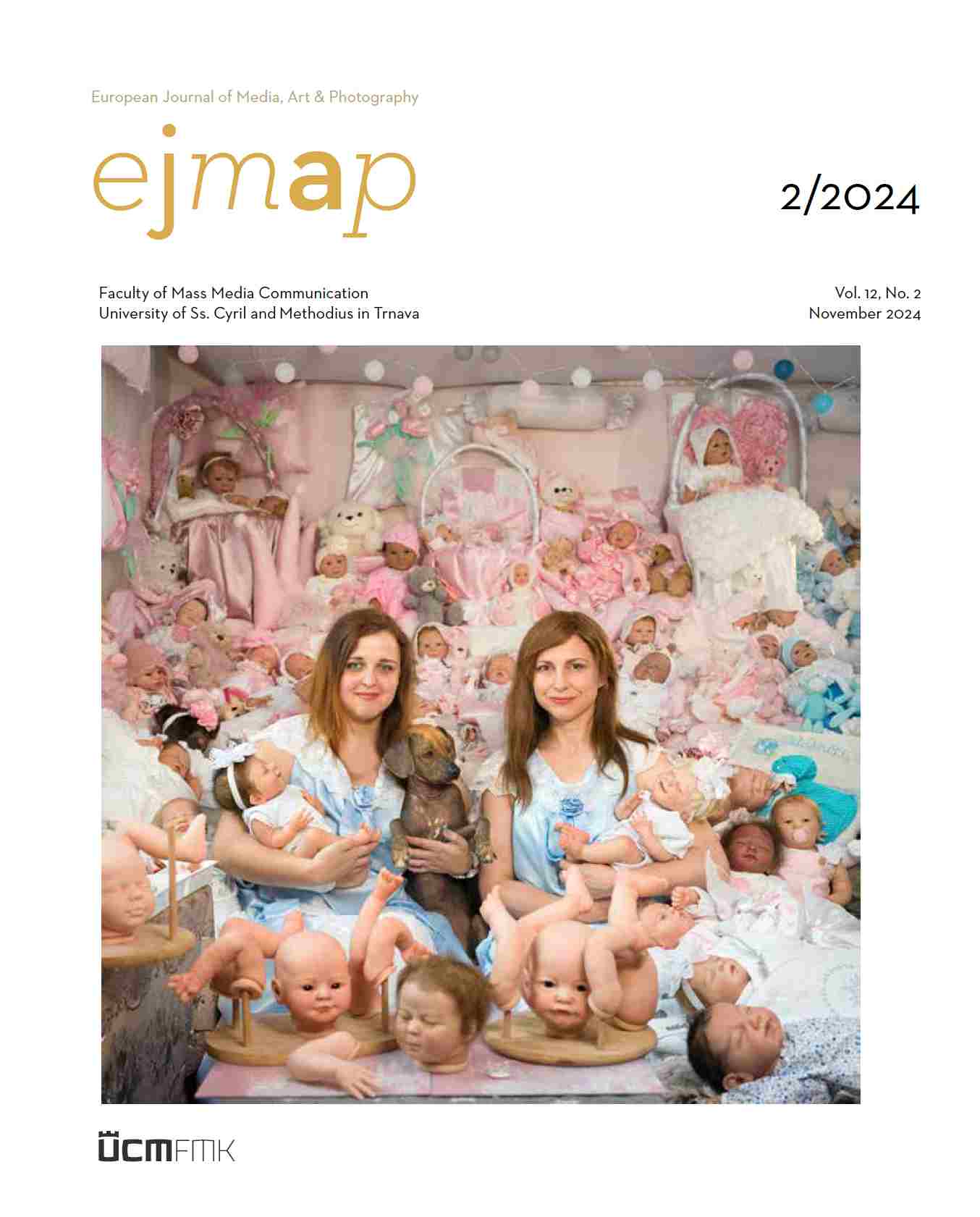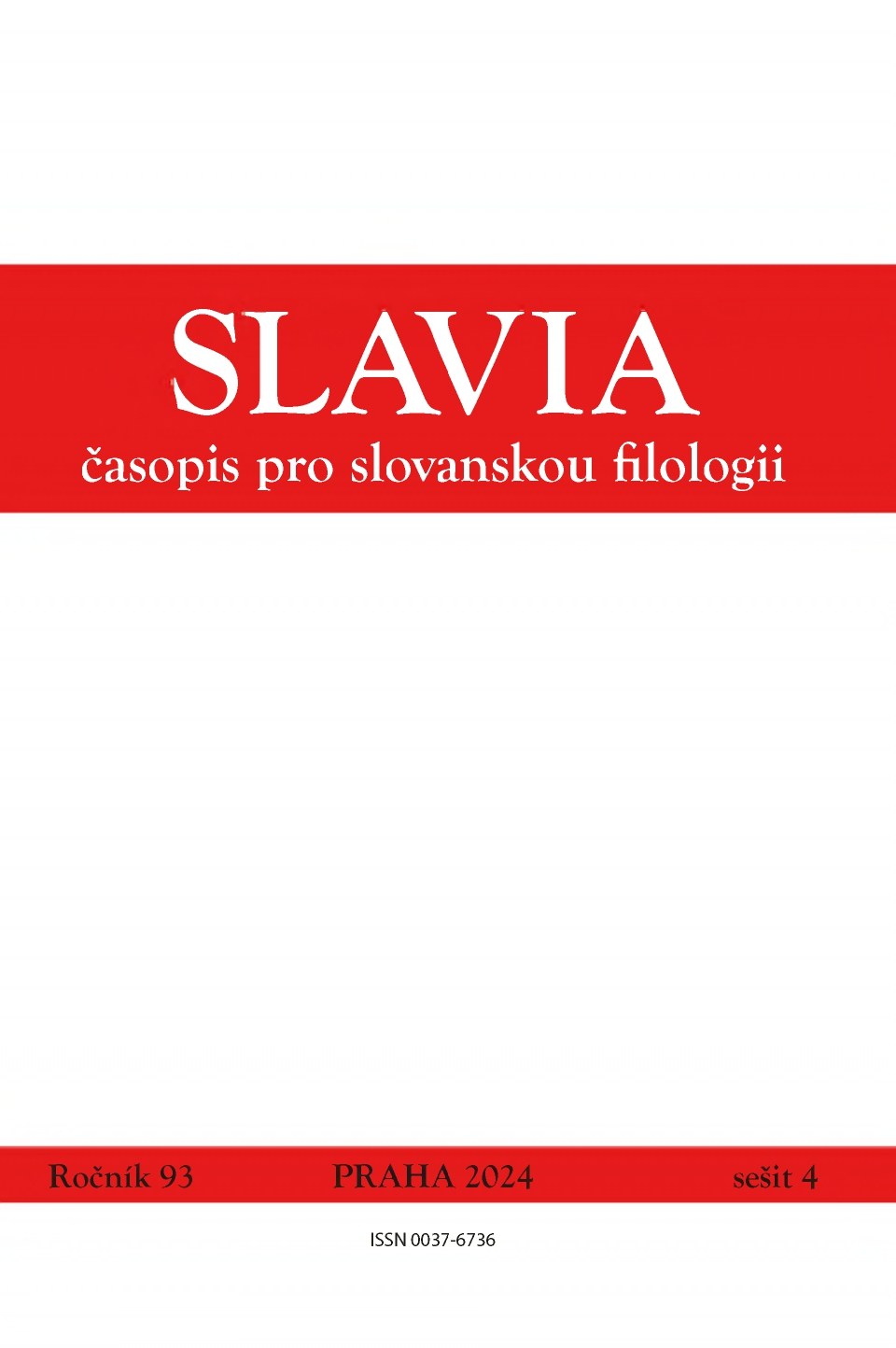SLOVENSKÁ KLASICKÁ DRÁMA A DIVADELNÁ RÉŽIA NA PRELOME TISÍCROČÍ
This paper analyses the relationship of Slovak dramatic theatre to Slovak drama classics between 1989 and 1994: a time of great social change. This paper analyses the issue by discussing the characteristics of the distinctive approaches adopted by notable figures in theatre production and examines the situation through “official” (i.e. publicly funded) theatre companies. This is done for three key reasons: (a) at the turn of the millennium, the institutional foundations of Slovak theatre still functioned on the basis of inertia, and independent theatres and agencies and ad hoc groupings of theatre makers (existing beyond the network of publicly funded theatres) were still only being established; (b) national classics were practically absent from the season programmes of independent theatre companies until the mid-1990s because until then these companies had presented themselves as “authorial theatres” and as theatres focusing on contemporary works; (c) a number of decentralizing administrative and organizational changes were initiated in the mid-1990s which resulted in the creation of a new model of organizing professional theatre, meaning that developments after 1995 deserve separate attention.
More...
